Each flower dacket is trying to decorate its summer cottage and original plants. To such cultures, of course, can be attributed to Lily. This flower has an original shape, a varied coloring palette. According to aesthetic appeal, Lily can be compared even with the "queen of flowers" Rose. The history of this culture is washed with legends. Some of the testes say that the original flower was formed from the milk of an ancient Greek goddess. So this or not, but in any case the beauty and originality of this flower doubt does not cause. Next, we will tell you more about the peculiarities and characteristics of this culture, as well as how the lily of the pyramidal lily is carried out correctly.
Pyramidal Lily - Features and Description of Culture
It belongs to the culture of the family of the family of Lily. Lily refers to many years of plants that multiply with the help of bulbs. Distinctive features of this culture are as follows:
- The plant stem wrapped with leaves. Its dimensions vary from 14 cm to 2.5 m. Length depends on the variety and group of plants.
- The leaflets can be located along the entire length of the stem or are placed only at the bottom, forming a "socket".
- The inflorescence of culture has the form of a cone, cylinder or "umbrella".
- Plant flowers are isolated single or grouped by 5-15 pcs. The average duration of "life" of one blossomed flower is from 1 to 2 weeks.
- The flower structure is represented by one pestle and several stamens (5-7 pieces) located around it.
- The dimensions of the flowers depending on the variety of culture can be in diameter to reach 250 mm. There are also fine-flowing species, the size of the flowers in which is not more than 40 mm.
- Lilies have very beautiful flowers both in shape and in color. So, the following shades of the color palette of petals are found - pink, scarlet, white, gentle orange, purple, etc.
- The bulbs from which lily grow are different sizes. The diameter of the bulbs depends on the variety of the plant. Its values \u200b\u200bmay vary from 1 cm to 27 cm.
Lilies: varieties and types
Lilia flowers decorate not one garden or a homeland. The beauty of these plants, as well as variety of varieties make them permanent guests at clubs and alpine slides. There are several basic culture varieties (about 75 pieces). Thanks to the crossing of basic species, numerous hybrid varieties of lilies were obtained. In total, there are several thousands of them in the world. The most common types and varieties of lilies are as follows:
- Asian lily. This species combines both individual varieties and hybrids that are obtained by crossing several different varieties. Flowers of this species are characterized by the variability of their length. If dwarf varieties can be low enough to half a meter, then tall Asian lilies exceed them threefold. The flower shape for this type of plant is a bowl-or chalmid, dimensions in diameter can range from 7 cm to more than 20 cm. Especially beauty is the bulbous lilies. They received their name through air bulbs in the sinuses of the leaves, the so-called "bulbs". The color of the inflorescence can also be different: from bright white, with a large number of shades, to deep black. Thanks to this, of several varieties of Asian lily, you can make a beautiful composition. An important feature of the varieties of this species is their unpretentiousness in growing, cold resistance, excellent results in reproduction as children and scales. In the middle lane, the Asian Lily starts to bloom at the end of June. Asian hybrid species are among the most popular. The most original and memorable among them, thanks to their beautiful shape, are the lilies of the Marlen grade ("Marlene"). For their unusual appearance, these flowers are also called pyramidal lily.
- American varieties (hybrids). Also derived by crossing several varieties. Flowers of American hybrids have a wide coloring palette and various sizes of both the plant itself and bud. Like Asian Lilia, American hybrids are not afraid of negative temperatures, however, very poorly transferring a transplant. Such an operation can lead to degradation or even the death of the plant. With the cultivation of American lilies, it is necessary to give preference to weakly acid, well-drained soil. Also for them requires high irrigation intensity, so it is not worth saving water for them.
- Martagon. Very beautiful view of lilies. All varieties are the hybrids of Liliwood. There are more hundreds of them. A distinctive feature of these plants is that they have a rather large height of the stems. Buds for the most part have a chalmid shape. Coloring can be different, mostly tender muffled shades are dominated. Martagon's varieties are distinguished by unpretentious in cultivation, excellent growth in almost all soils, are not demanding of illumination and watering, frost resistant. The beauty and unpretentiousness of the plants of Martagon determines its popularity among florists, however, in our region they are not too common.
- Candidum Hybrid data progenitor is the royal lily. Candidums turned out after her crossing with European lilies or chalcedony varieties. Unlike other types, hybrids data have not too many varieties. However, they possess very fragrant inflorescences, which is their feature. The shape of buds is a tubular or a vernequent, and the colors are mainly bright tones - yellow or gently white. The main disadvantage of candidum is that they are too subject to fungal diseases. That is why, when growing lilies of this species, it is worth paying increased attention to the scrupter and drainage of the soil, so as not to provoke the appearance and activity of the fungus. It is also worth noting that the seeds of the candidums gently germinate, so it is necessary to put them in the well with a margin.
- Tubular hybrids. The progenitors of tubular hybrids are Asian types of lilies. Plants of this species are considered the most popular among domestic gardeners. They received this prevalence due to their unpretentiousness. They exceed the temperature differences perfectly, do not require special reproduction efforts, resistant to the effects of most diseases that are caused by viruses or mushrooms. True, grown tubular hybrids is necessary only on fertile soils. Blossoms of these varieties data lasts about three months and in the southern regions can continue until the beginning of October.
As for the pyramidal lily of Marlen varieties, its distinctive features are the following:
- "Marlene" refers to winter-hardy varieties of the plant.
- Begins his flowering lily of this species very early.
- This flower is unpretentious and easily rooted almost on all types of soil.
- The height of the stalks is about 90 cm.
- Flowers culture for quite a long time. This period varies from 50 to 70 days.
- In the diameter, the flowers are achieved 15 cm.
- Flower shape - cup-shaped.
- From one bulweic plant can grow several shoots.
- You can land this flower next to Floxes and Astrami. Together, these cultures will create a truly beautiful color ensemble in the country area.
- Sometimes under the influence of some climatic factors, the stalks and leaves of the plant in the upper part can grow up, thereby forming the so-called pyramid. Therefore, this variety is sometimes called pyramidal lily.
Pyramidal Lily: Growing
Planting culture is held in April. The procedure for growing pyramidal lilies of Marlen variety is as follows:
- Before boarding, the bulb should be prepared. To do this, it is placed in a container with soil. Then the container is transferred to a dry and cool place. Alternatively, the container can be stored in the refrigerator.
- Go to the selection of the site. Here it will be better to give preference to the flower bed protected from drafts. In addition, lilies prefer abundant sunlight, so they are better to plant them on those glades, where the sun's rays are sufficiently penetrated.
- Next, it is necessary to prepare a plant for planting plants. So, if the soil is contained a lot of clay, then a mixture of sand, peat and humus should be added to it. If, on the contrary, it contains a lot of sand in the soil, then clay, peat and humus are added to it. During the landing, you should be careful with organic fertilizers, for example, with fresh manure, as it can adversely affect the germination of culture.
- On the selected area dig holes. The distance between them should be at least 12 cm. In the wells are placed on the bulb of the plant and the land is checked.
- After the bulbs are planted, the site should be poured. However, it is worth remembering that Lily does not like an abundance of moisture.
Pyramidal Lili Care
Care of pyramidal lilies of Marlen varieties is the following events:
- As mentioned above, the culture does not like an abundance and stagnation of moisture, so it should be watering moderately. In addition, it is necessary to monitor that during watering the water does not fall on the plants leaflets, because solar burns may appear in these too moistened places.
- Water needed every other day. If the culture is irrigated less often, then its root system through the dried soil reservoir will not receive the desired amount of oxygen.
- In the middle of autumn, the plants, which has already been hung, cut off. At the occurrence of cold, Lily should be covered with a film.
- Fertilizers brought three times a year. The first feeding, which consists of nitrogen fertilizers, is held in April. The second application of fertilizers is carried out during the bootonization of plants. For this, complex mixtures are suitable. The final feeding is carried out when the culture is wondering. At this stage, phosphoric and potash fertilizers are applied.
- If there is plenty of culture bloom, then its stem should be fixed to the peg.
- Lob's bulbs are transplanted no more than 1 time in 3 years. Young seedlings bloom for the second year after landing.
Pyramid Lilia: Diseases and Pest
Among the diseases and pests that can affect this culture can be allocated as follows:
- Lily beetle. The buds and leaflets of the plant are affecting both the beetles themselves and their larvae. They can be removed from the surface of the sheets manually. It will also help in this case the treatment of the plant by carbofosom, the actor, phytodeterm.
- Wheat, flies. To combat these parasites, the following drugs are used - "PhyTenerm", "Carbofos" or "Aktara".
- Medveda, May Beetle, Wirefronts. These pests can be eliminated with the help of drugs - "Grizzly", "Thunder", "Misch".
- Fusariosis (Lukovoy Rotch). The disease amazes the bulb of the plant. Arises as a result of the moisture of moisture in the soil. In the presence of such a disease, the affected bulbs should be digging from the ground and destroy.
- Fungal diseases. With the appearance of such diseases, a spraying of lilies by burgundy liquid or phytoosporin should be performed.

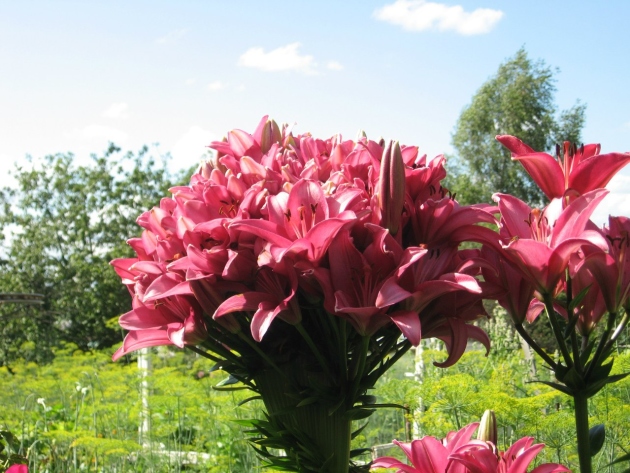
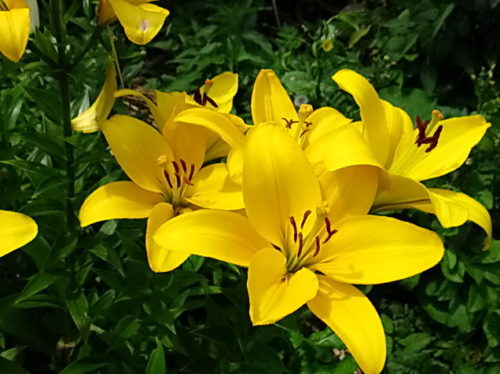
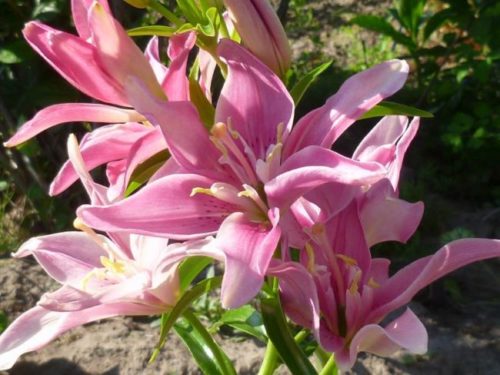
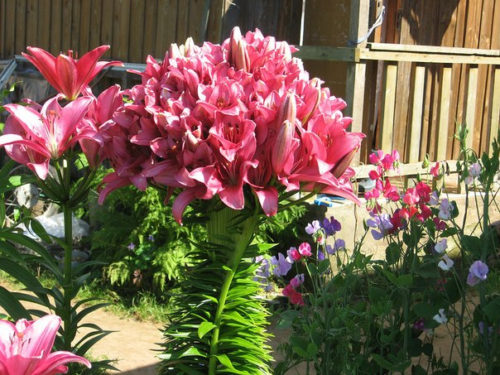
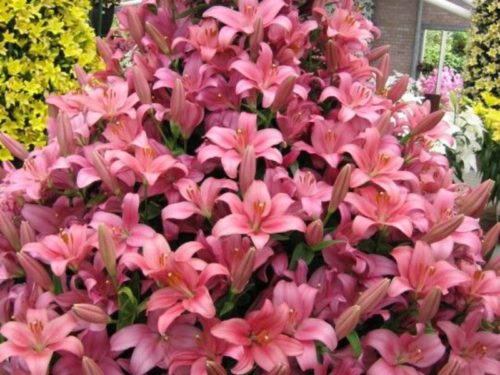
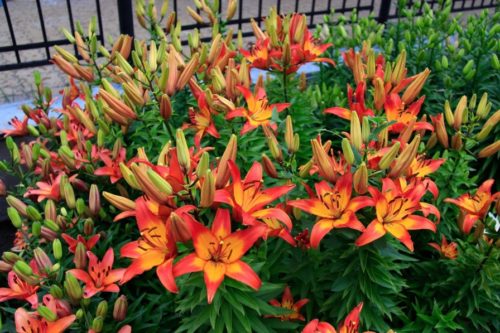
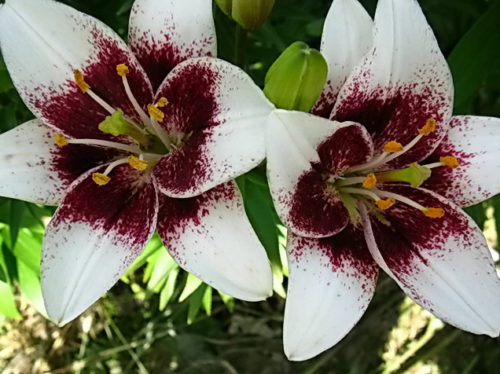
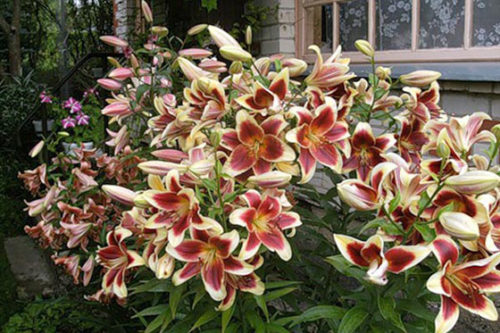
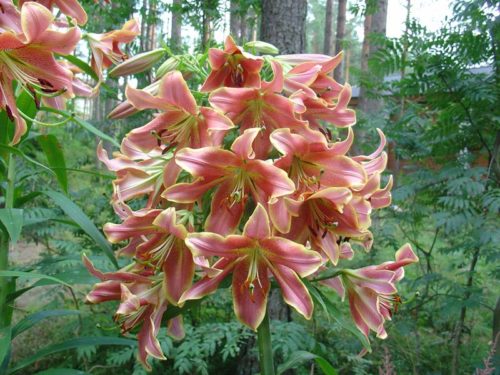

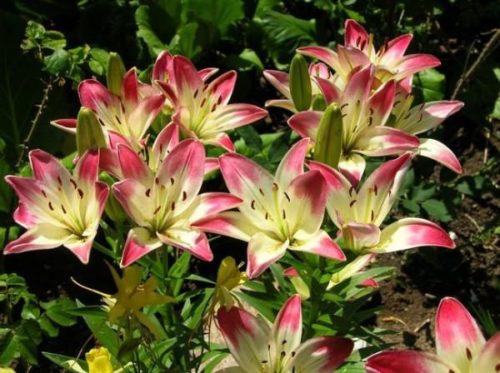
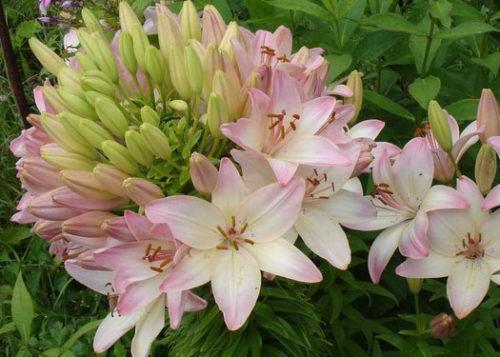
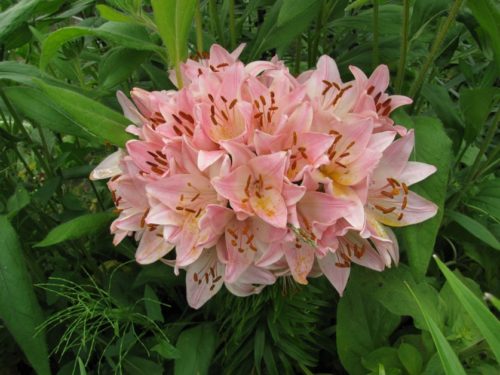
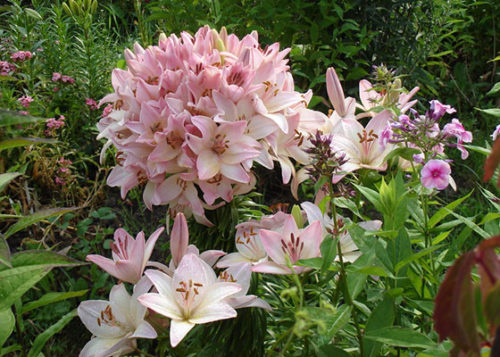
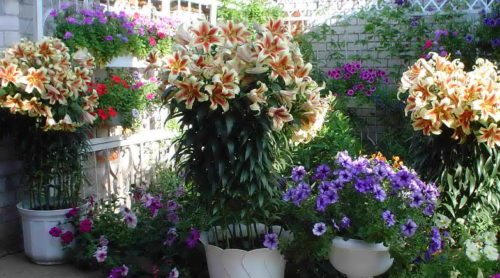
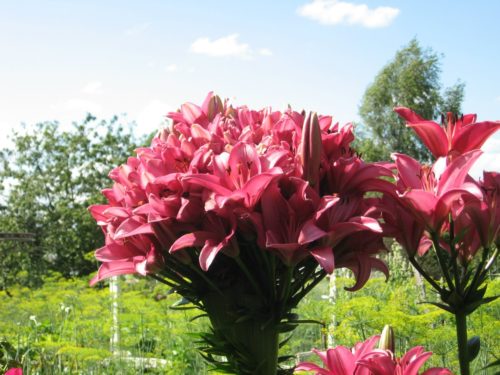

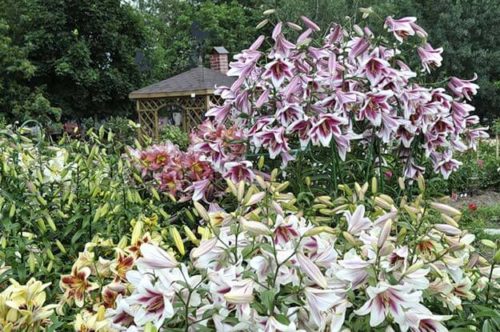












 Start a discussion ...
Start a discussion ...